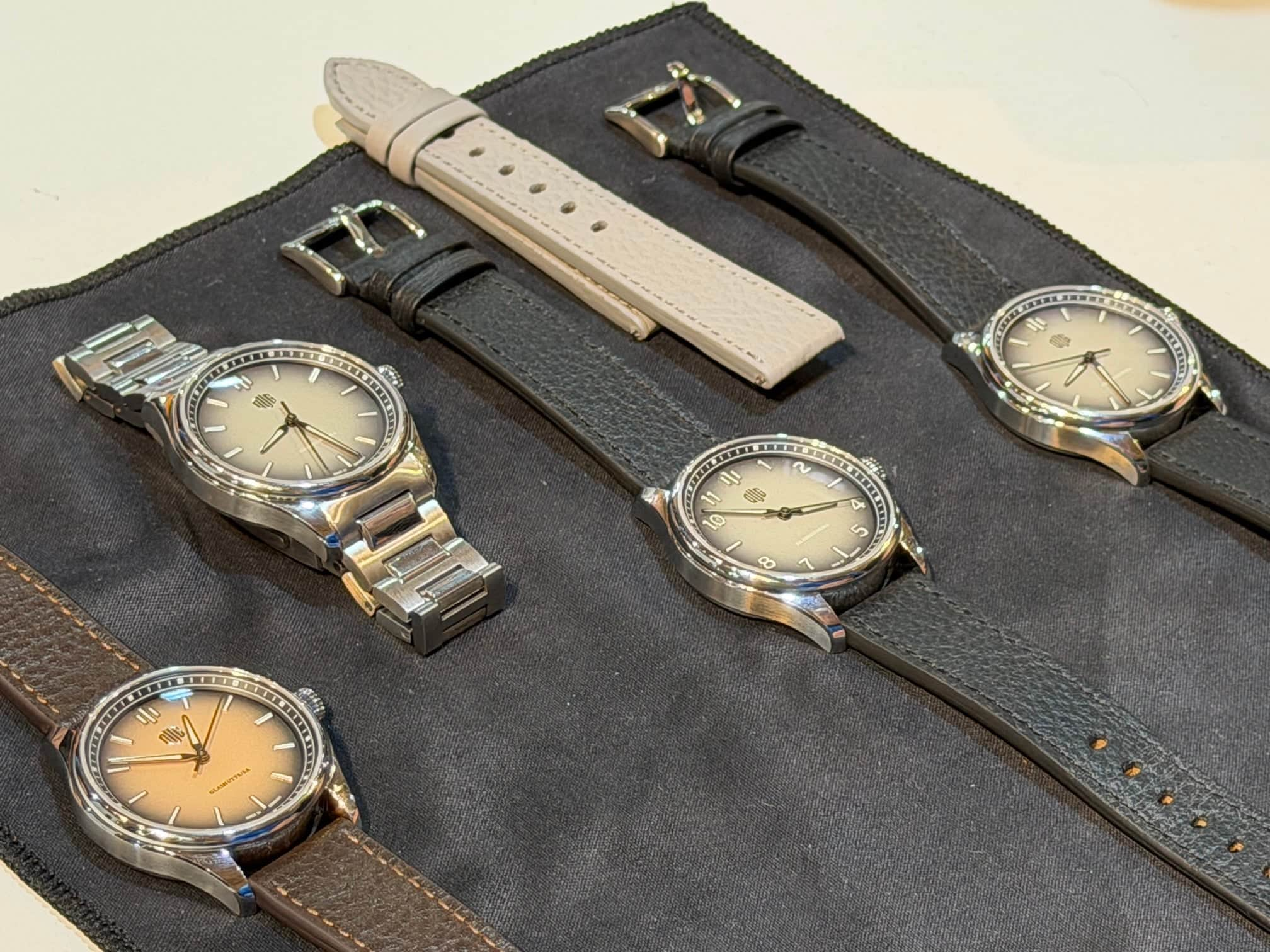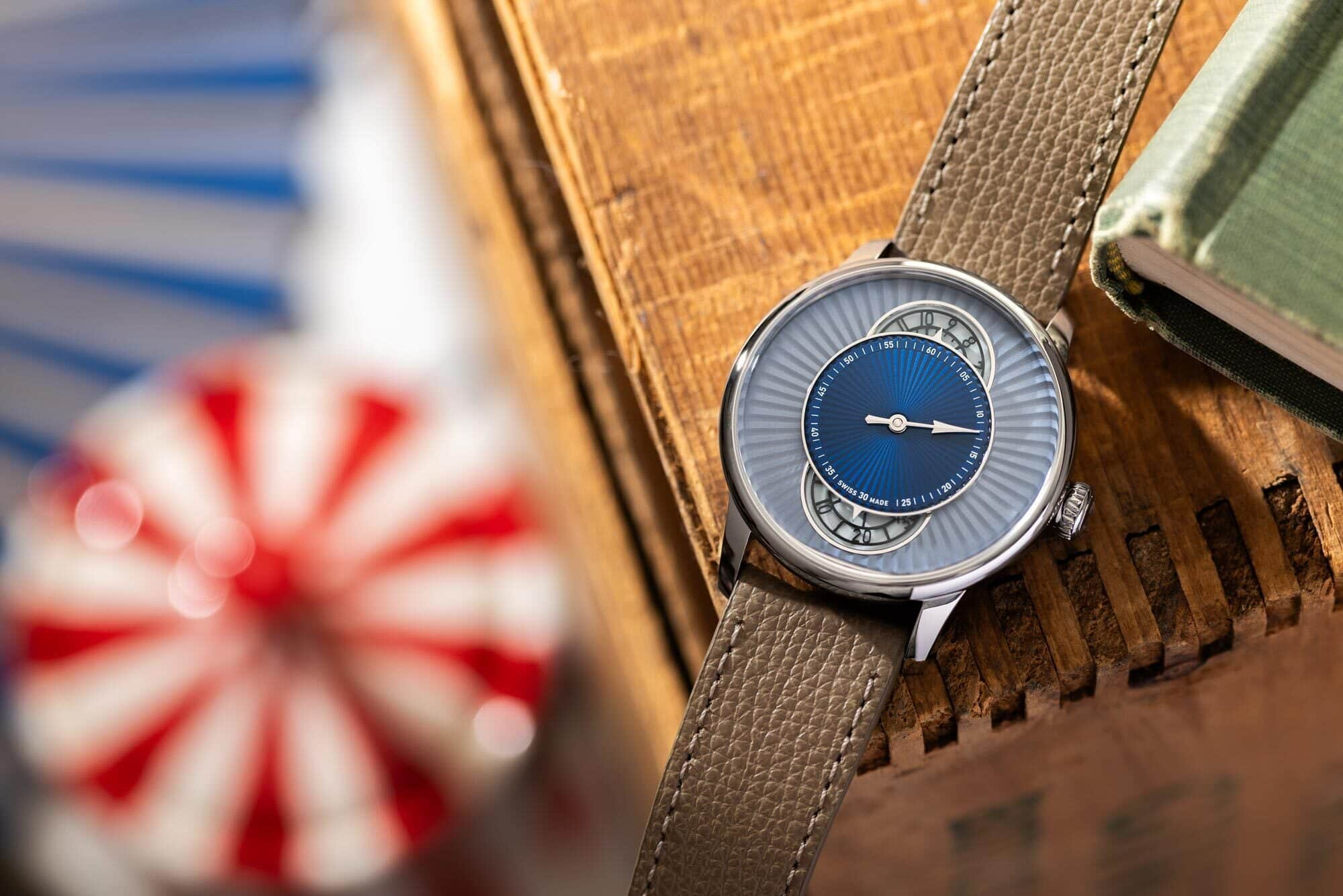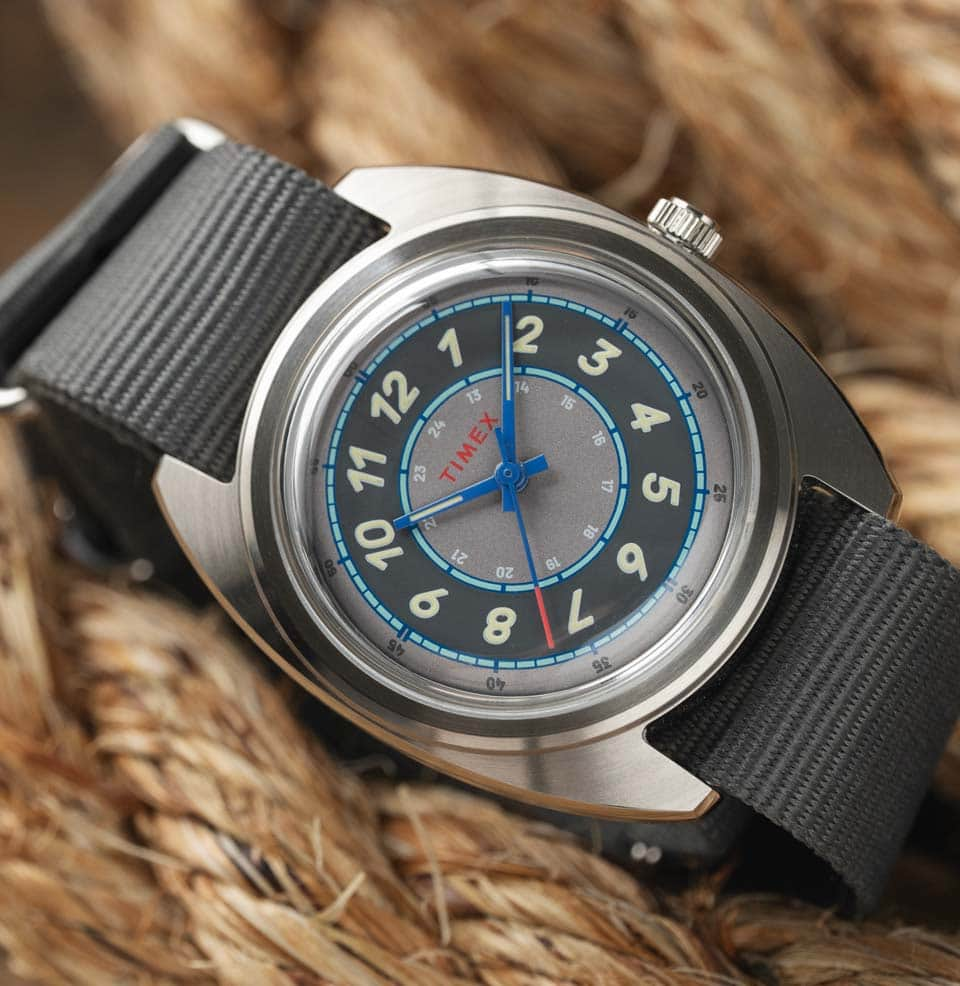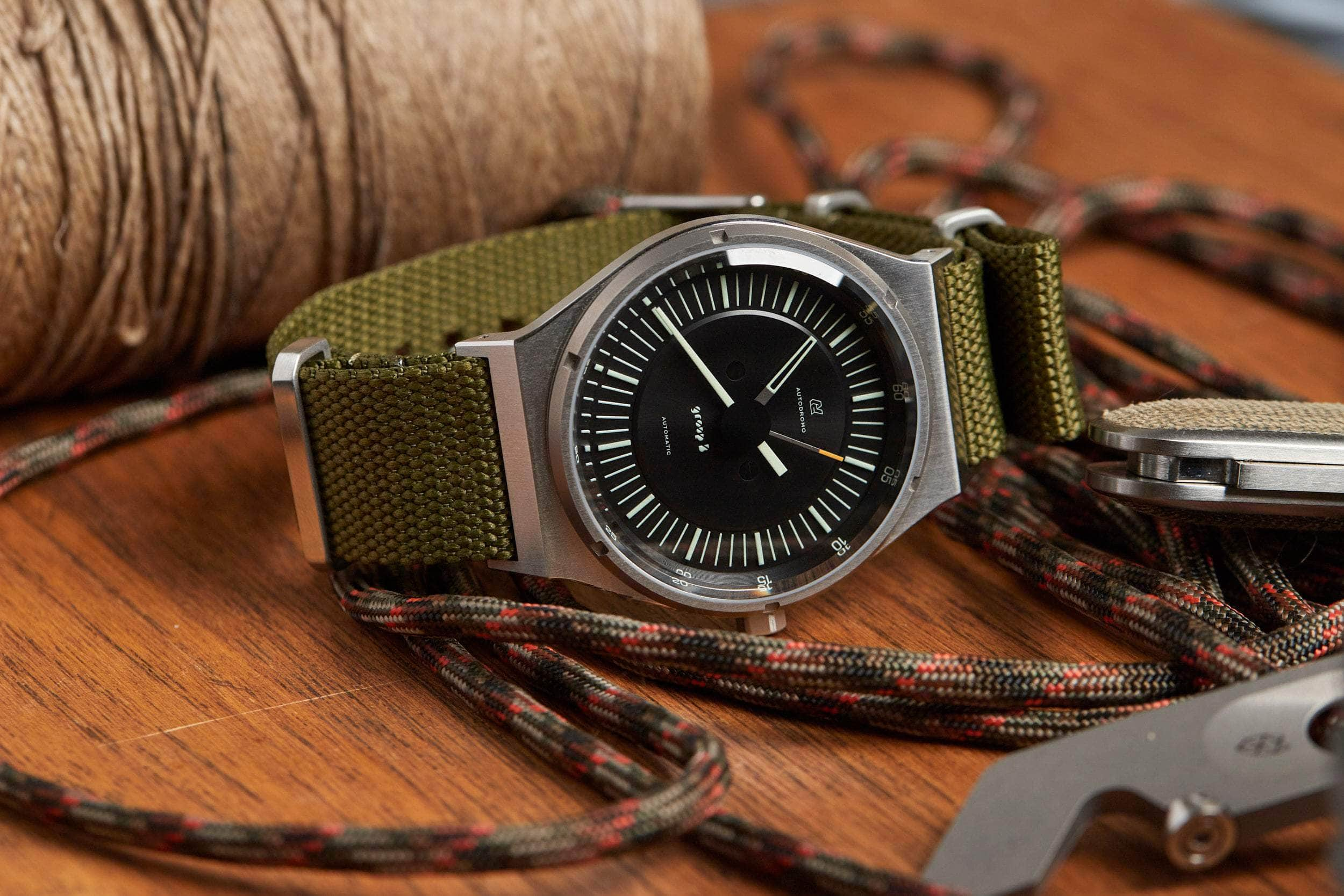What Are the Different Types of Watch Hands?

Blake Malin
Windup Watch Shop | October 2, 2024
Hands: they tell the time. From tower clocks to pocket watches to tool watches, they all utilize hands to display the time. They first appeared with early mechanical clocks, often called horologia, which began to feature in European churches in the thirteenth century. Over seven hundred years later, there are countless variations as manufacturers have worked to create elegant and legible designs that both reflect the periods they were made for as well as the tasks they were meant to accompany.



Often mistaken for other types of hands, alpha hands resemble the tip of a spear, with a thin base that flares out before tapering into the long point of a lance. They are a traditional, dramatic design.

Often used in concert with an alpha or sword hand, an arrow hand features a large triangular tip — like that of an arrow — at the end of a hand. Appearing on both hour and minute hands, the design is often associated with tool watches like Omega’s iconic 1957 trilogy of Seamaster, Speedmaster, and Railmaster.

One of the most common hand designs, baton hands feature a simple, elongated rectangular form that, like alpha hands, extends from a thin base before flaring out to the hand shape. They also appear more rounded. A classic design, they are minimalistic in form and appear on countless watches throughout the years, perhaps most notably on Rolex’s Datejust.

Introduced by the eponymous watchmaker, Abraham-Louis Breguet, in 1783, Breguet hands are an elegant design emanating from the central pivot. The delicately tapering form then meets a circle with a crescent interior, culminating in a second, tapering tip. Often hand blued, they are an elegant design right at home on a dress watch.

So-named for their similarity to the stained-glass windows of a church, Cathedral hands feature a syringe-esque tip with a spade-shaped hour hand with its unique interior shape. This was to hold the luminescent paint within, as these hands were commonly used on military watches of the early twentieth century. They add an instant vintage look to any watch featuring them, such as Oris’ Big Crown Pointer Date and Seiko’s Alpinist series.

An exercise in simple, elegant geometry, dauphine hands could be described as two triangles facing each other, the main body of the hand tapering to a long point while the back end provides needed structure while staying out of the way. Popular on mid-century dress watches, dauphine hands are still highly common on elevated pieces from Grand Seiko, Patek Philippe, and more.

Also known as “leaf” hands, these take the same general format of the dauphine design and add a wonderful curved form reminiscent of autumn foliage. Like dauphine hands, they are also common on dress watches.

Often seen on the second hand, a lollipop hand features a circle located at some point along its form. Not limited to beating out the seconds, however, some references — such as the transitional Tudor 76100 — feature a lollipop hour hand.

So-called due to its resemblance to the logo of the German auto-manufacturer, this design is best known for the Rolex watches it has adorned since 1953. Over the past seventy years, it has become an icon of watch design. As with the aforementioned cathedral hand, this design allows for the application of large amounts of lume for increased visibility.

Aptly named for their resemblance to the two-dimensional form of a pencil, pencil hands are long, thin hands that taper to a triangular point at their ends. Simple and legible, they are popular on field, pilot, and dive watches introduced for civilian and military use.

More a variation on an existing style than a specific design, skeleton hands are cut open to allow for the dial beneath to be visible.

Best known for their use on the iconic Tudor 7016 and 7021 Submariners introduced in their 1969 catalog, this blocky, tilted square design has come to signify the brand’s watches across their catalog across multiple models since its refresh in 2012.

A relative of leaf hands, spade hands feature curving dimensions with a hour hand resembling the symbol of the spade family in a deck of cards. Thin and pear-shaped, they are a less common hand type.

Sword hands resemble the ancient Roman Gladius with their outwards taper before culminating into a sharp point at the end. Popular on military watches, sword hands are commonly associated with Omega’s iconic Seamaster 300M.

Though the shape of the hand’s main body may differ, syringe hands are identified by that body’s early termination and extension through a thin sharp point, like that of a syringe. They add a vintage touch to any dial they hover over.
While there are countless variations on hand design, these are some of the most commonly seen types. We hope this short guide will help the next time you find yourself trying to identify to a design.



























